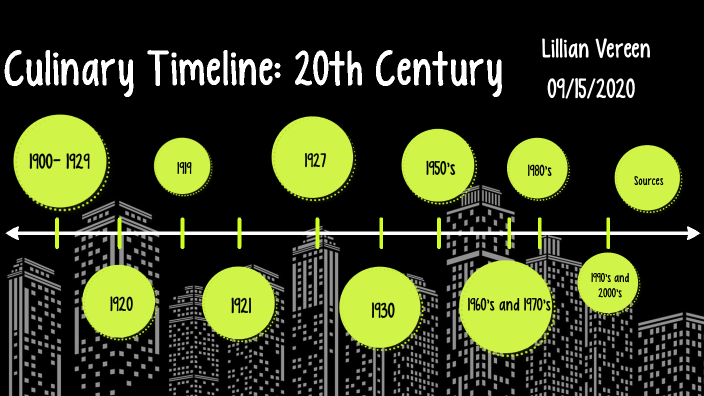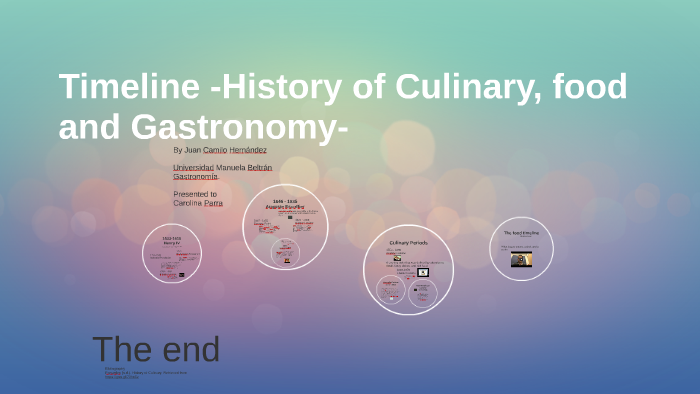

“You can sync it to be done at the same time as other foods,” says Wright-Ruiz. You get a consistent texture with a margin of error.” Another particularly appealing feature is the ability to preset when you want your rice to cook. “Even if you add too little or too much water, it will self-correct. “There’s just no way to mess up rice in it,” Wright-Ruiz explains. The standout reason is what Zojirushi calls “Fuzzy technology,” or a built-in microcomputer that can sense how your rice is cooking and adjust the time and temperature to get a perfect result if need be.

“I’m sure people have said this before, but it really is the Lamborghini of rice cookers,” she says. Food writer and recipe developer Kiera Wright-Ruiz had to leave hers behind when she recently moved out of the country, and told me it’s the thing she misses the most.


They have a fancier model with even more settings that multiple experts mentioned (you can read about that one further down on the list), but this one - especially given that it’s less than half the price of the other - makes for an all-around great buy. In my reporting, Zojirushi came up more than any other brand. When all is said and done, both the steamer and the bowl are a breeze to clean - you just pluck them out and any residue rinses right off.īut don’t just take it from me. I’ve also used the included basket to steam greens and, as Carla Lalli Music taught me, perfect potatoes. And if you’re unsure about your water-to-rice ratio, the brand has this helpful guide (the first time I cooked basmati in it, I did a quick check to make sure I was adding the proper amount of liquid). The settings, displayed on a small screen at the front, are intuitive to navigate. But if you have the space, it really does live up to the hype. My biggest disclaimer: This appliance is big. A few months ago, however, I got my hands on this Zojirushi to test, and since then, my rice has been evenly tender and fluffy every time. There’s something satisfying about honing that skill, but, even with age and wisdom, the grains don’t turn out right every time. But the bottom line is, if you eat rice even a couple times a week, a rice cooker may be well worth a spot on your countertop.Ĭapacity: 5.5 or 10 cups | Settings: White/sushi, mixed, porridge, sweet, brown, cake, steam, and quick cookingįor my whole adult life, I’ve cooked rice in a pot on the stove. I spoke with a bunch of experts about their favorite models, which ranged from cheap and straightforward contraptions to more high-tech machines. They can either be incredibly simple, with just two settings to “cook” and “keep warm,” or they can be quite advanced, with presets for all different types of rice (brown, long grain, sushi, and more) as well as preparations like congee, porridge, and even pressure-cooking (which is, yes, one way in which all those electric cooking tools can overlap). They’re basically a targeted type of electric cooker, similar to a pressure cooker or slow cooker, only they excel at making plump, perfectly cooked rice. Sometimes the grains turn to mush sometimes they’re hard in the middle and all too often they’re stuck to the bottom of the pot (in my house, the ultimate “let it soak overnight” culprit - never a fun thing to wake up to).Įnter rice cookers, which, for many, save the day. And yet so often - no matter if you’re an amateur in the kitchen or consider yourself pretty accomplished - the final result is a letdown. Making rice is deceptively easy: Measure, rinse, add water, simmer, steam, and less than a half an hour later, you’re done.


 0 kommentar(er)
0 kommentar(er)
